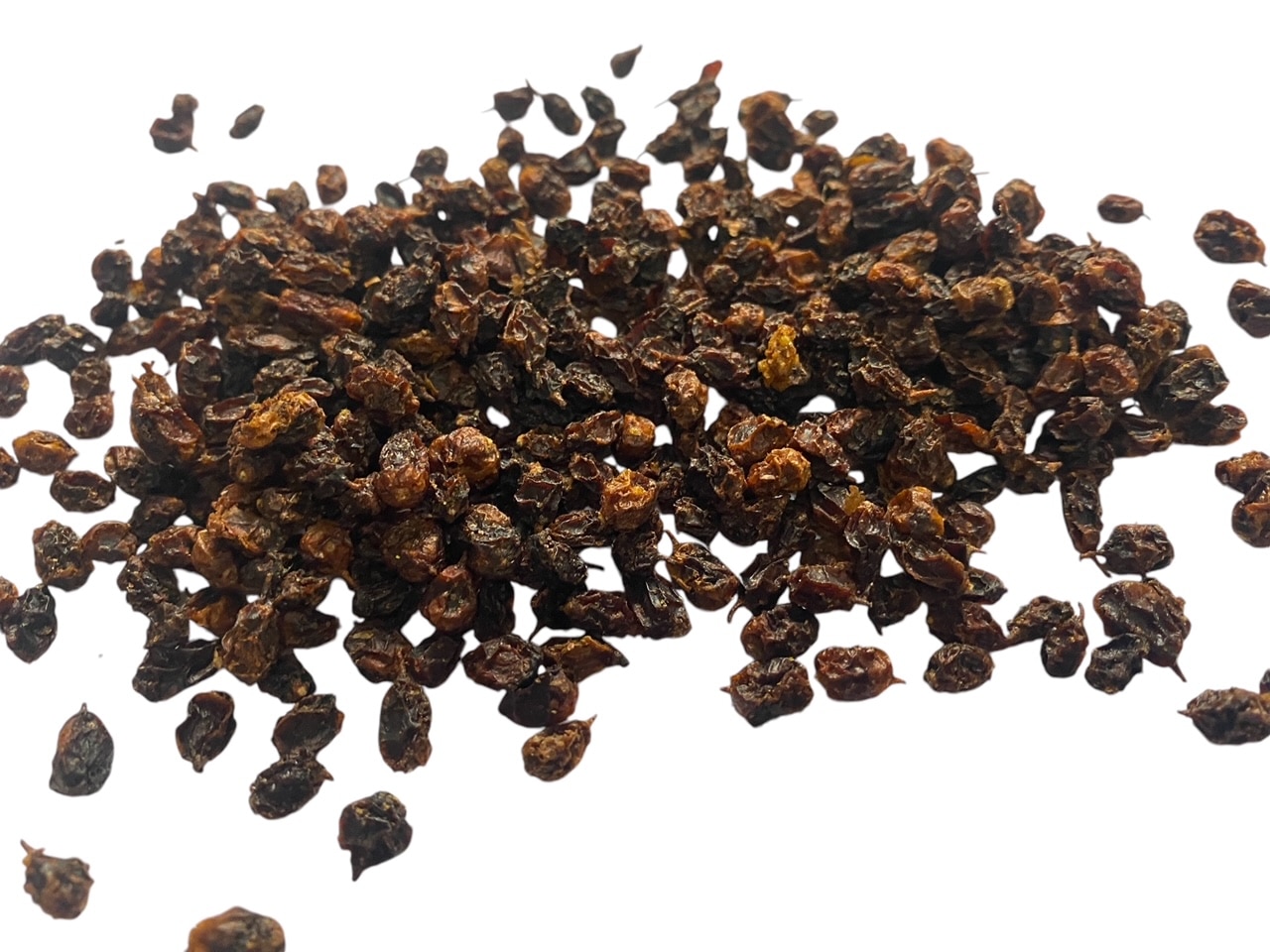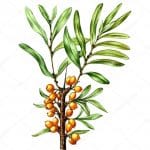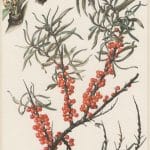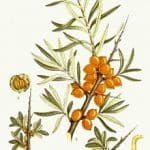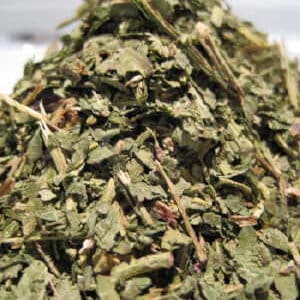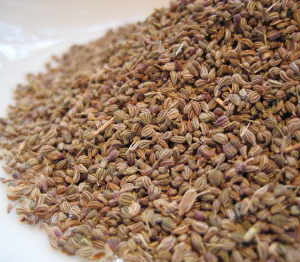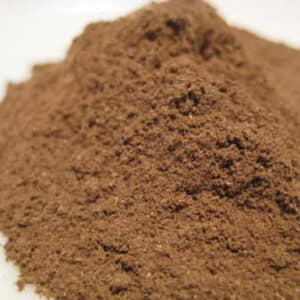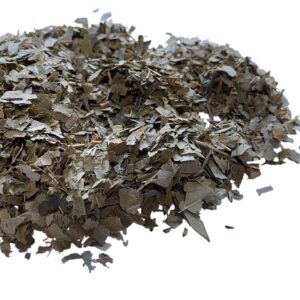Sea-Buckthorn Berries – Hippophae litangensis
£10.50
Sea-Buckthorn Berries
Hippophae litangensis
Also known as seabuckthorn, sandthorn or seaberry
50 grams
Sea-Buckthorn (Hippophae litangensis) is a deciduous shrub in the genus Hippophae, family Elaeagnaceae. The name sea-buckthorn is hyphenated here to avoid confusion with the buckthorns (Rhamnus, family Rhamnaceae).
Harvesting is difficult due to the dense thorn arrangement among the berries on each branch. The most effective way to harvest berries and not damage branches is by using a berry-shaker. Mechanical harvesting leaves up to 50% in the field and the berries can be harvested only once in two years. They only get about 25% of the yield that could be harvested with this relatively new machinery.
History of Sea-Buckthorn:-
During the Cold War, Russian and East German horticulturists developed new varieties with greater nutritional value, larger berries, different ripening months and a branch that is easier to harvest. Over the past 20 years, experimental crops have been grown in the United States, one in Nevada and one in Arizona, and in several provinces of Canada.
Constituents and Traditional Uses of Sea-Buckthorn:-
Sea-buckthorn berries are multipurposed, edible and nutritious, though very acidic and astringent, unpleasant to eat raw, unless ‘bletted’ (frosted to reduce the astringency) and/or mixed as a juice with sweeter substances such as apple or grape juice.
When the berries are pressed, the resulting sea-buckthorn juice separates into three layers: on top is a thick, orange cream; in the middle, a layer containing sea-buckthorn’s characteristic high content of saturated and polyunsaturated fats; and the bottom layer is sediment and juice. Containing fat sources applicable for cosmetic purposes, the upper two layers can be processed for skin creams and liniments, whereas the bottom layer can be used for edible products like syrup.
Nutrient and phytochemical constituents of sea-buckthorn berries have potential value as antioxidants that may affect inflammatory disorders, or other diseases, although no specific health benefits have yet been proved by clinical research in humans.
The fruit of the plant has a high vitamin C content The fruit also contains dense contents of carotenoids, vitamin E, amino acids, dietary minerals, sitosterol and polyphenolic acids.
| best-before | |
|---|---|
| harvest | |
| batch-code | |
| country-of-origin |
